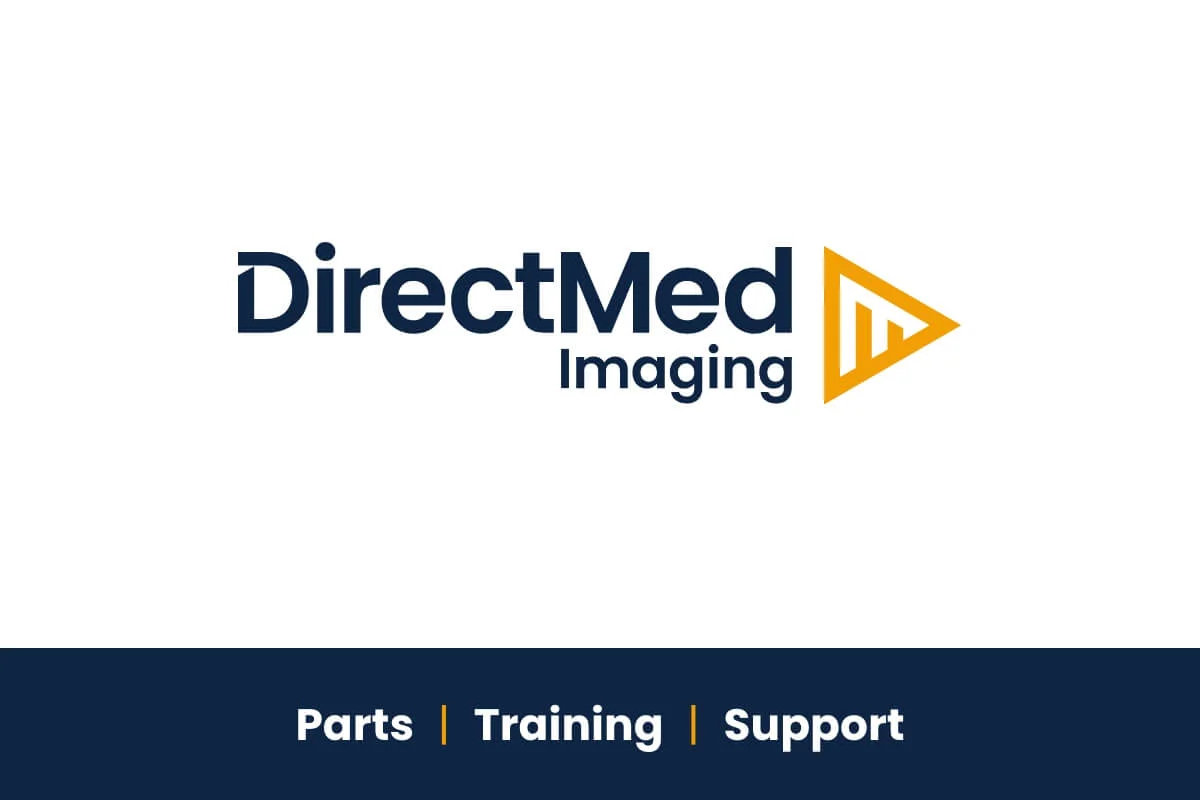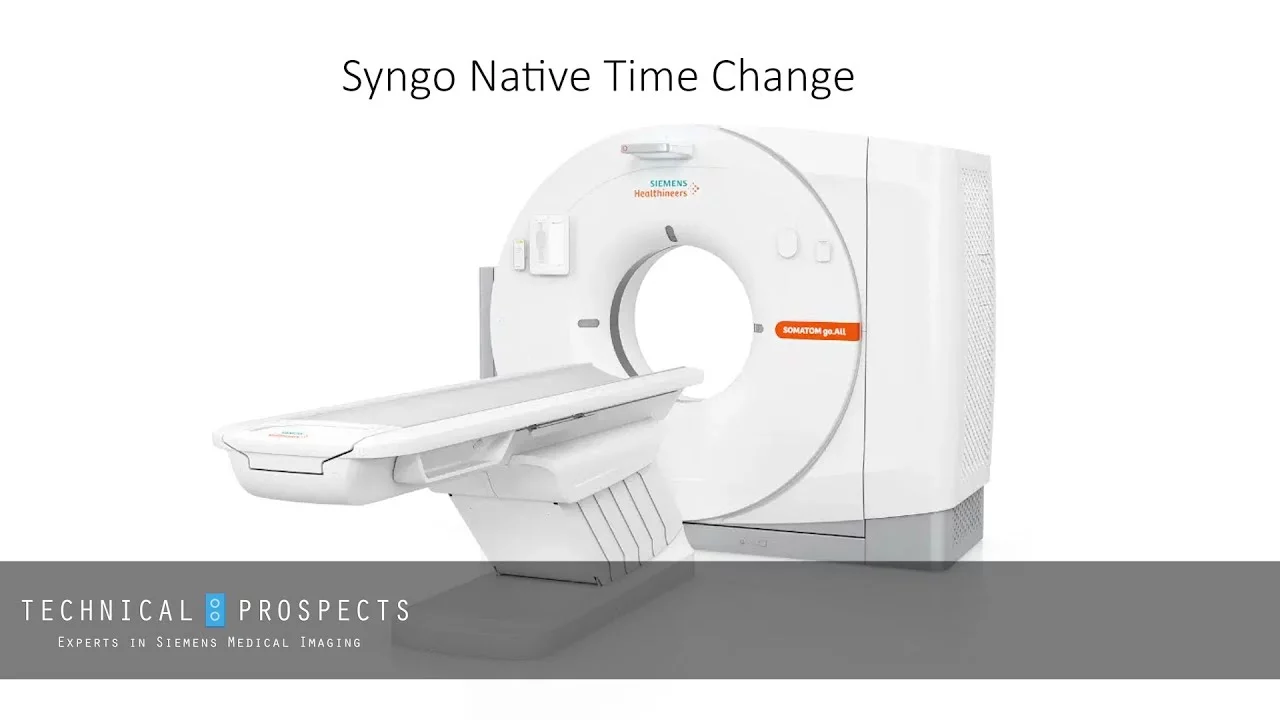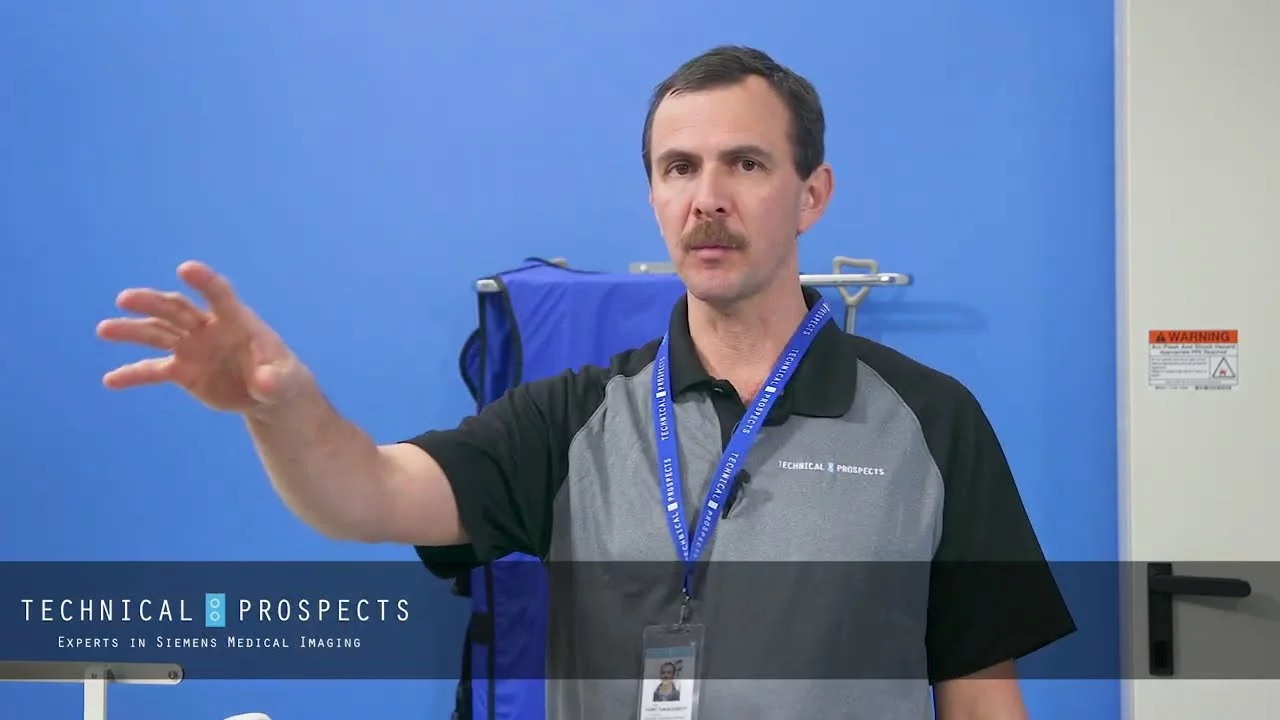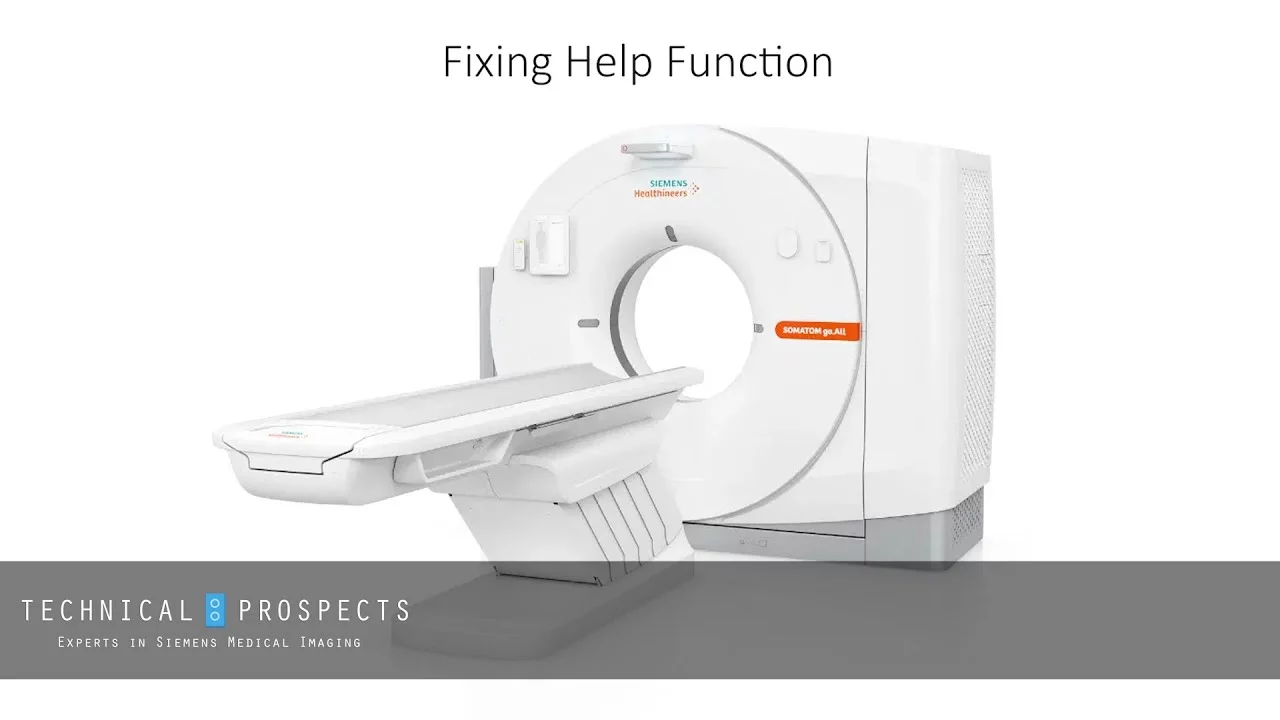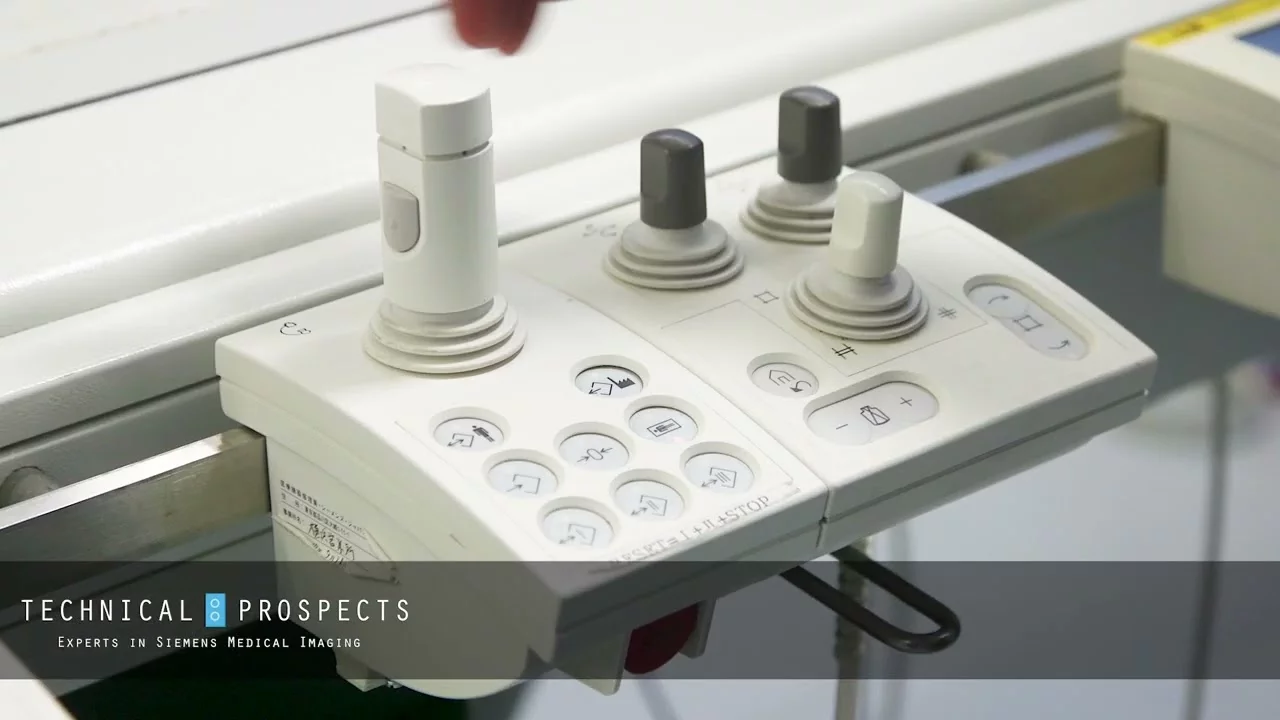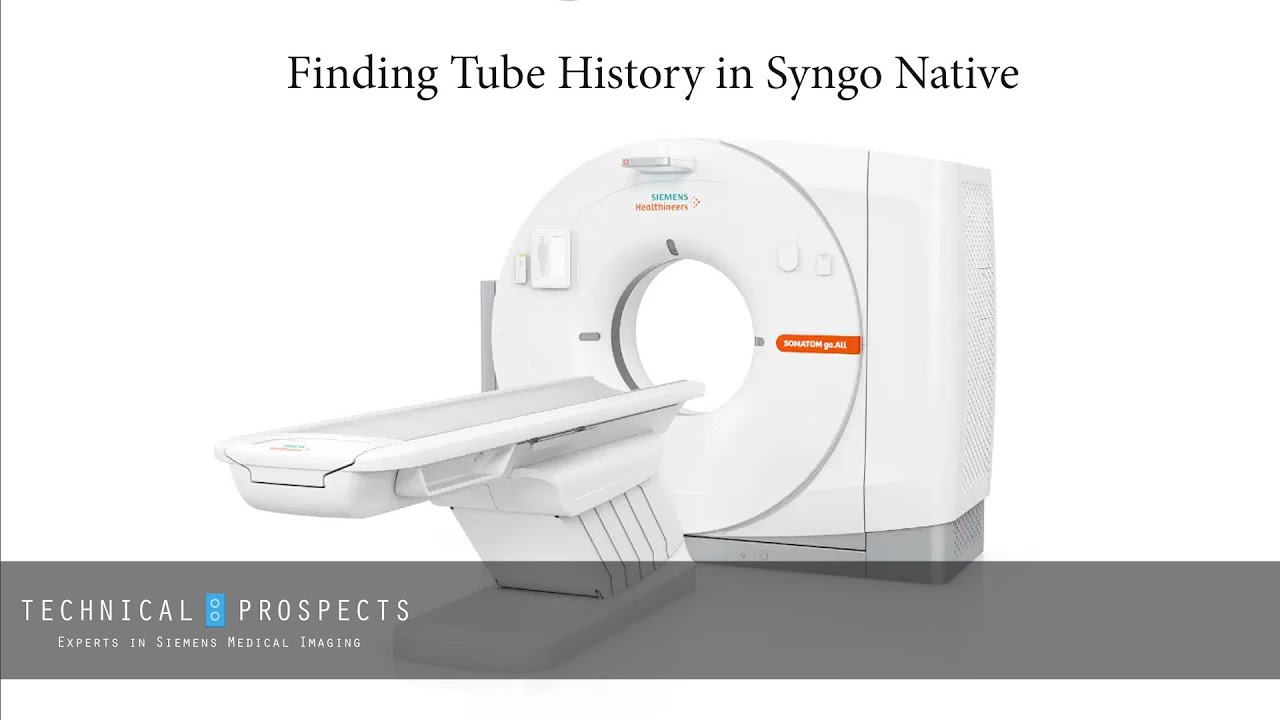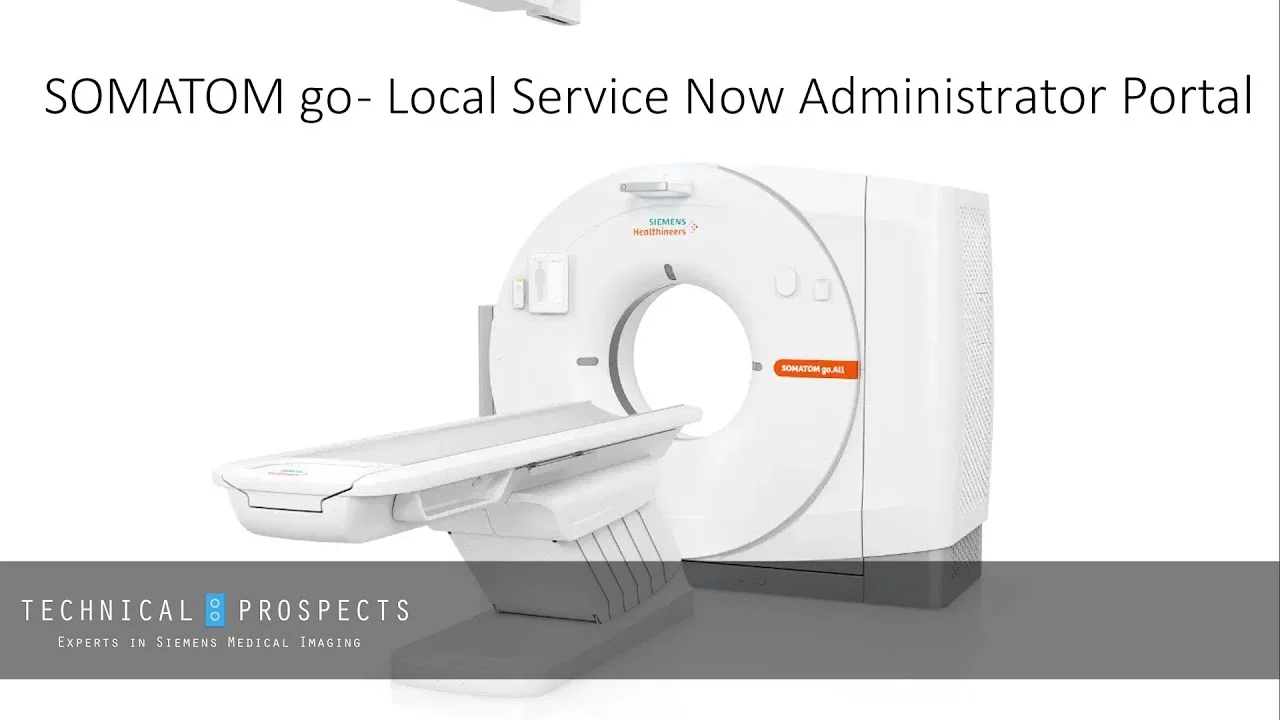The ever-increasing demand for imaging engineers turned into a major talent shortage due to the impact of COVID. With limited qualified talent, it’s vital to understand the most effective strategies and processes for onboarding and training employees. We’ve explored every learning method for medical imaging to discover what has been successful and what has fallen short.
So, which method works best? A quick turnaround approach or a long-term learning program? Let’s start from the beginning.
History of Medical Imaging Training
The previous training model for imaging engineers was more traditional; systems were far less complex, and servicing didn’t have the electronic aspects of today. Engineers would receive three months of education to learn the basics and foundation needed. After those three months, they would attend a system course for six weeks, and then an advanced course for another three months, and finally spend a minimum of six months shadowing veteran engineers.
Imaging engineers would complete at least seven months of formal education classes, as well as six months of hands-on learning from other engineers, totaling at least 13 months of imaging training.
New Learning Model for Imaging Training
Today’s style of imaging training is quite different from the past. Engineers now attend a seven-day system class at a CT or MRI school and return as “experts” on one system. The class is pre-selected based on a specific scanner that exists in their hospital or imaging facility. In only one week, does an imaging engineer truly become an expert and understand the ins and outs of a system?
The healthcare industry is a fast-paced work environment that requires imaging engineers to have the expertise to keep the systems running and repair them quickly when needed. So how can a professional function under pressure and solve issues in a timely fashion when they’ve only had seven days of training? That training may have given them familiarity with a system, but does this familiarity result in actual expertise and in-depth knowledge?
Potential Issues with the New Learning Model
With this new learning model, many problems arise from the lack of training and shortened timeframe. From longer downtime to setting unrealistic expectations, hospitals and imaging centers are unknowingly fostering a lack of core skills in their engineers which creates a long-term barrier for engineering development.
The continuous support needed to further develop an engineer’s performance and talents for medical imaging is lacking with the current learning model. The perception that one course for seven days is enough for an engineer’s life-long success has been proven to be insufficient for a hospital or facility’s long-term goals.
Due to recent post-COVID and long COVID surges, imaging equipment performs more scans per day thanks to the ability to produce faster scans than in the past, creating tough expectations on service teams. The real question: How do we solve this lack of training without a full-time, long-term commitment to schooling?
Interactive Virtual Training Academy for Imaging Engineers
To help provide high-quality learning conveniently and cost-effectively for imaging engineers, the ISO-certified and AAMI-accredited Interactive Virtual Training Academy (IVTA) was developed. IVTA is an emergent learning approach in which we put the engineer through a series of educational events.
When an engineer begins IVTA, they undergo a screening to understand their strengths, weaknesses, and opportunity analysis. Then, we create a customized solution to help that individual build their knowledge through workshops and interactive training. They are also provided with on-the-job training and access to product support specialists and national technical support engineers.
In addition, IVTA allows imaging engineers to directly access our inventory of over 50,000 in-stock parts and receive guidance and direction on what part to ship, what method of shipment to use, turnaround time, and other crucial details to lower downtime and seamlessly work with our operational team.
The important key differentiator with IVTA is the ongoing support and knowledge base for imaging engineers. As they continue their careers, they have access to system courses, tools to solve complex problems, mentor support, and other helpful resources needed for success. They receive support throughout the learning process as they develop their knowledge and learn how to work as part of a team.
The Future of Imaging Training
Research has shown that properly trained in-house engineers have the ability and reliability to service their equipment. Having access to virtual and in-person support is the key to developing a true imaging expert. IVTA was established to create confidence in the engineering team and build a distinctive level of knowledge that allows them to be proactive and responsive in maintaining a facility’s medical imaging equipment.
Healthcare organizations and imaging centers are seeing the benefits of the expert support network and training DirectMed Imaging has delivered for their imaging teams. Contact us today to learn more about IVTA and how we can develop your in-house service program.
